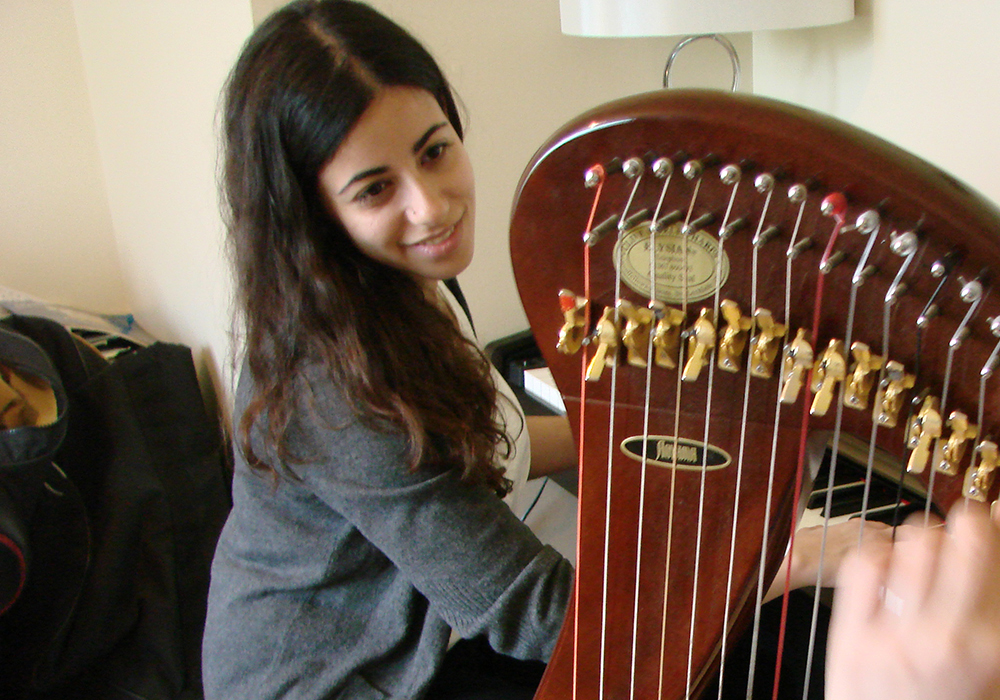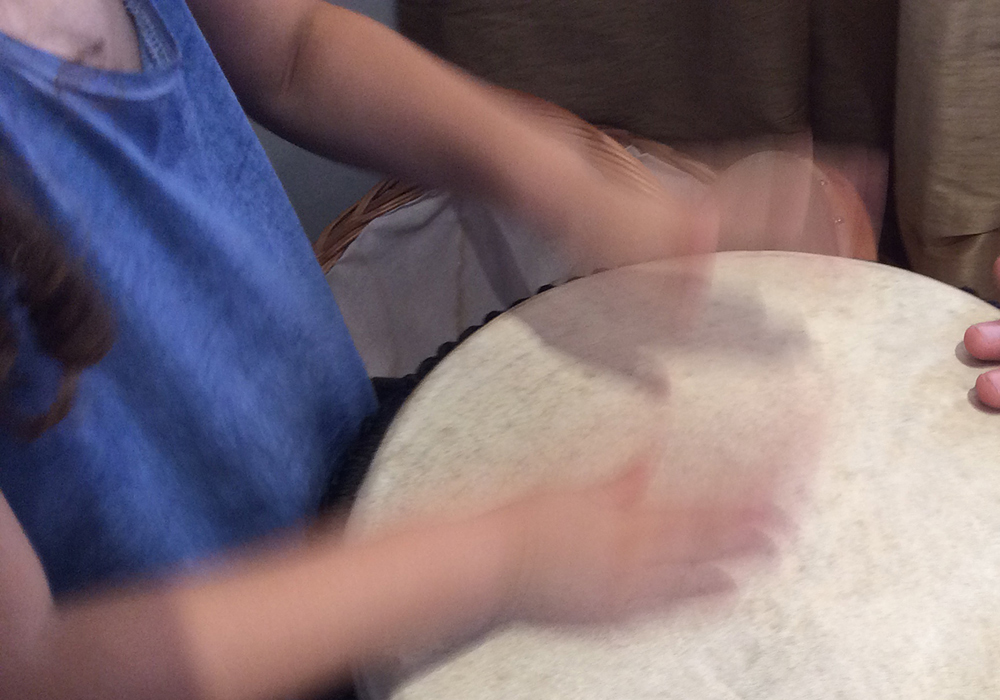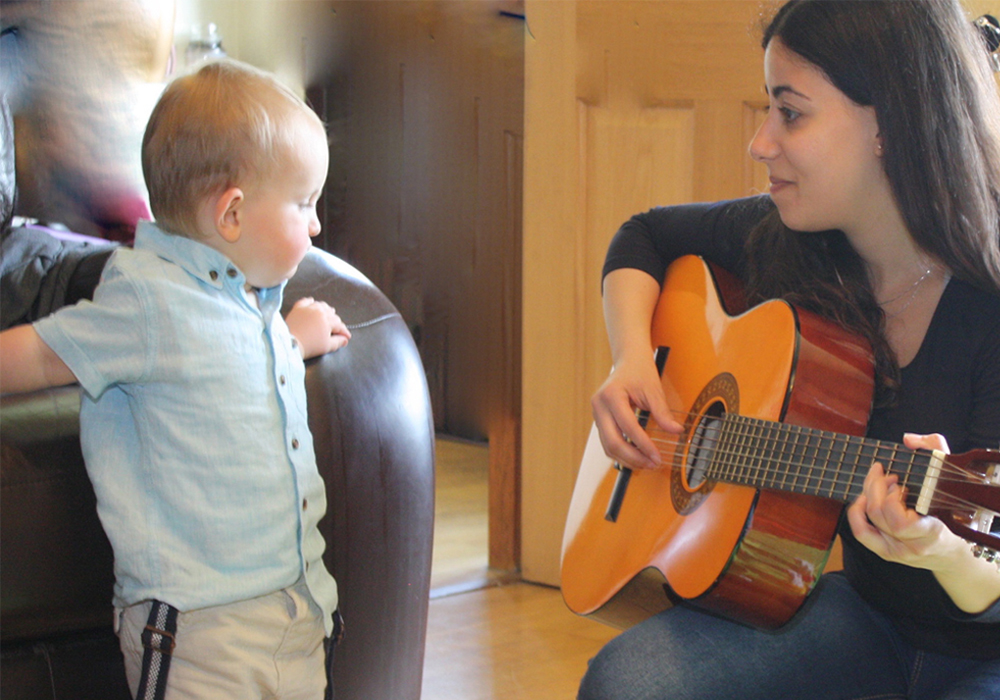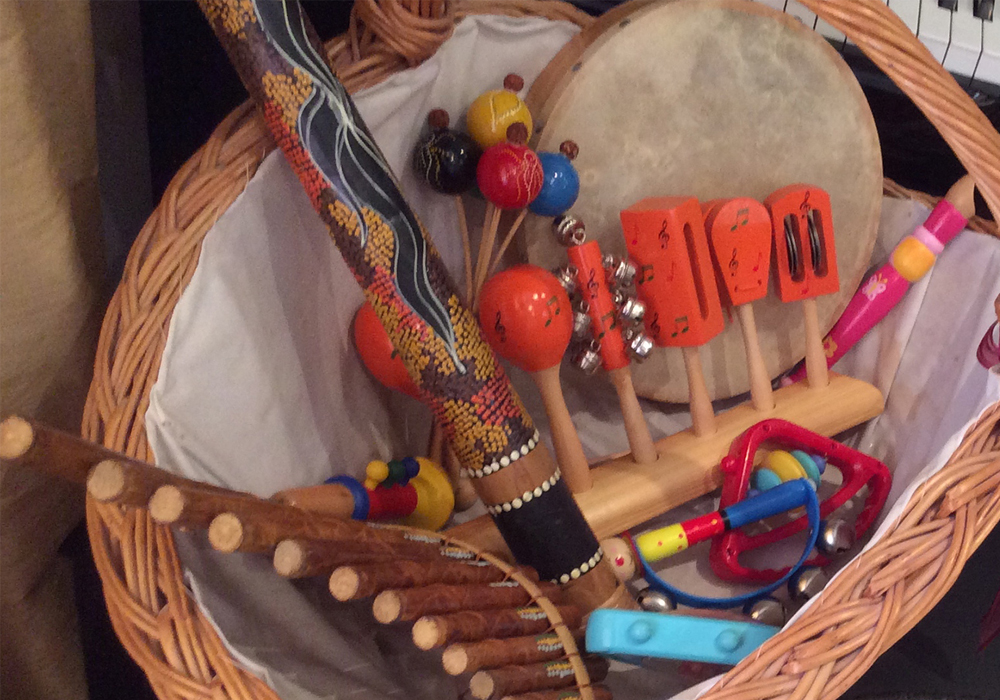Music Therapy
Music therapy focuses on the individual strengths of people
About Music Therapy
Music therapy is an allied health profession in the UK, regulated by the Health and Care Professions Council (HCPC). Music therapists are employed in a contracted or freelance basis in statutory, community and voluntary sectors. Music therapy focuses on the individual strengths of people; what they can do as opposed to their deficits. Everyone can participate in music making regardless of disability, ethnicity or age and this is what makes music therapy an effective intervention for people of all ages and abilities.
You do not need to have any previous musical training or experience and teaching music is not usually an explicit aim of music therapy. The relationship between the therapist and the client is of central importance, but music therapy differs from other psychological therapies in that it is a three way process between the client, the therapist and music between them. Thus it offers the opportunity for expression and communication and can be particularly helpful to people who find it hard to express their thoughts and feelings verbally.




Theoretical Underpinning
Music therapy draws from many different theoretical approaches both indigenous to the profession of music therapy and also external to the field from other areas such as psychology, neuroscience and early infant development. The clinical work of music therapy and the theoretical underpinnings have a symbiotic relationship. This is why it is essential that music therapists engage in regular supervision.
How music therapy can help
Music therapy uses the medium of music to accomplish non-musical aims. The aims for each intervention always depends on the needs of each person. As a clinical intervention music therapy can address behavioural, social, psychological, communicative, physical, and cognitive functioning.
Some of the aims that music therapy can address include:
- increasing awareness of self and others
- improving communication and social skills
- reducing/regulating tension anxiety and challenging behaviour
- increasing self-esteem and helping people to ‘find a voice’
- improving concentration
- helping people to discover more about how they relate to others
- offering a means of experimenting with new ways of being expressive
- connecting people with their feelings when it can be difficult
- increasing mobility and improving co-ordination
How does a music therapy session work?
The approach primarily used involves mutual music making from both therapist and client. The music can take the form of joint improvisations, turn-taking and other musical activities or songwriting. In a typical session the therapist and client(s) will create music together using voice, keyboard, guitar and a range of accessible percussion instruments and IT equipment.
A trusting therapeutic relationship can be developed depending on the therapist’s ability to stay present in the room with the client and by accepting the client where he or she is at any specific moment. The therapist can attune to the client’s playing and way of being and reflect this back through music, thus providing a unique opportunity for the client to feel heard and accepted. More receptive techniques, such as Guided Imagery and Music (GIM), can also be used if the client is either not ready or doesn’t feel safe or confident enough yet to use the instruments.
Thank you for your help it really has been wonderful to see and enjoy the change.
Our house is definitely more peaceful thanks to you and the wonderful work you do.
I feel so much better in myself and I am looking forward to the next session with you.
I am so happy being part of the music therapy session.